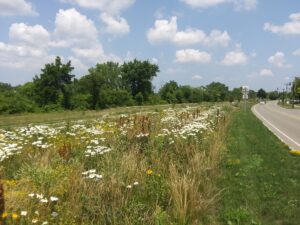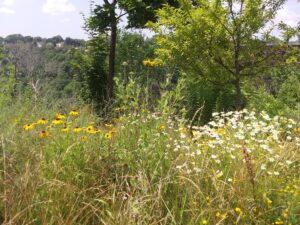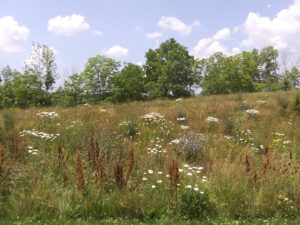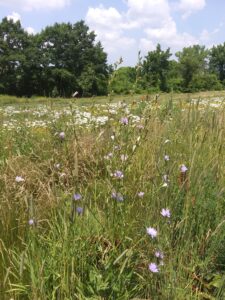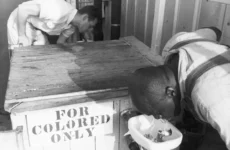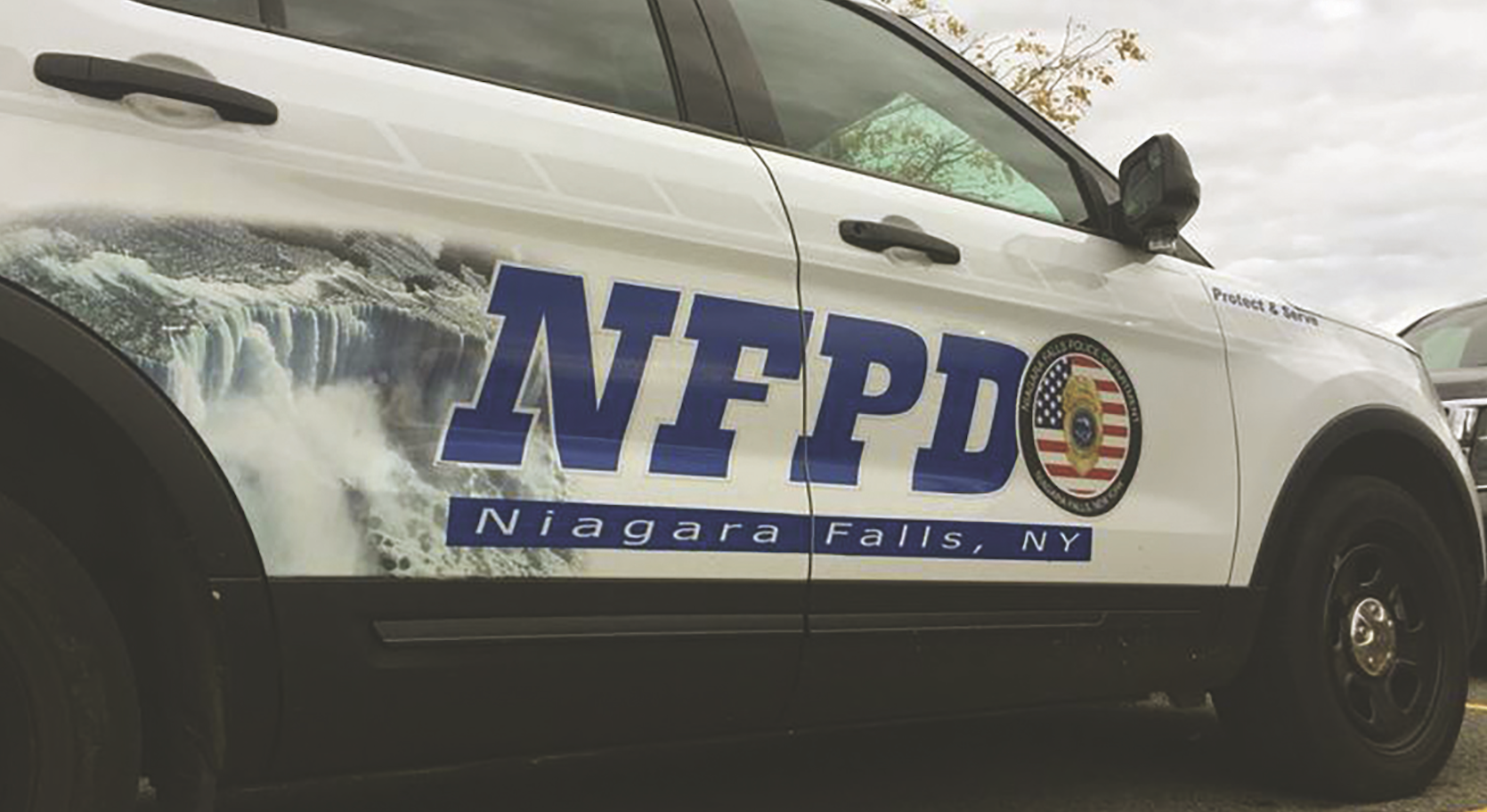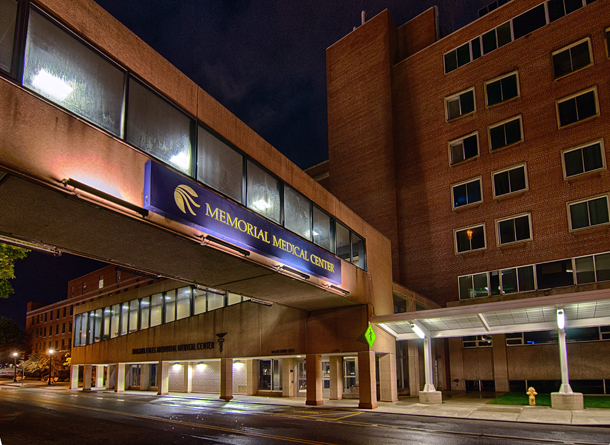One of the best things to ever happen to the city of Niagara Falls was the removal of a section of the Robert Moses Parkway. Replaced by trails, natural pollinator-friendly meadows and native trees, it’s one of the best things the Office of State Parks has ever done here for the city and the region.
It’s important to understand that there is a clear purpose in allowing these areas to proliferate as meadow, as opposed to routine mowing as if they were some kind of lawn in suburbia. Mowing is extremely injurious to the bird and pollinator populations that are in general decline. If you go for a walk on this new parkland between downtown and Findlay Drive, you will feel like you are out on a country lane, far from the noise and pollution of the typical city, in a place thriving with bees and bird life.
We gathered some additional information in an attempt to educate the public as to why some of the landscape along the Niagara Gorge is left unmowed all summer. For example, “In native plant meadows managed for pollinators, the best practice is to mow after the first frost in the fall, or before plant growth begins in late winter or early spring.”
“To reduce harm to pollinators, we advise mowing in the fall or winter when flowers are not in bloom.”
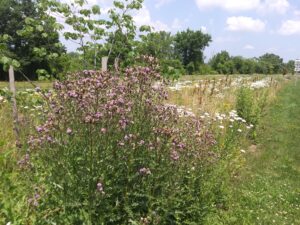
New trails along the Niagara Gorge have elevated eco-tourism to a new level for our community. Hikers, dog-walkers, bicyclists, tourists and N.U. students all enjoy nature hikes on what was once a useless, redundant roadway.
“Mowing is only done in the early spring or late fall to minimize the effect on pollinator species.”

